How Many Moons Does Neptune Have?
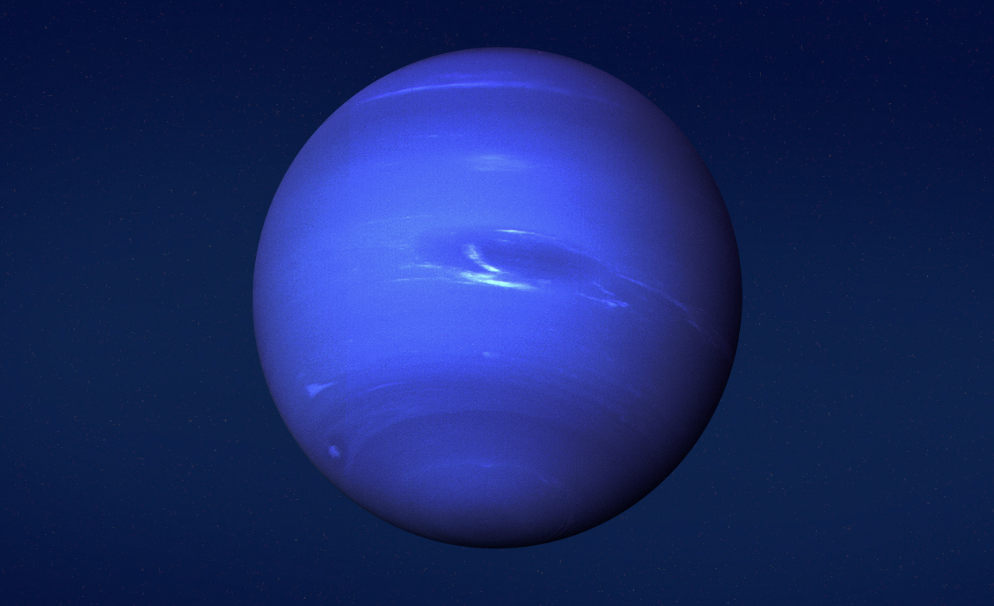
Table of Contents
Neptune has fourteen moons. Neptune’s moons exhibit some of the most fascinating behaviors in the entire solar system. Neptune’s moons are named after Greek mythology’s lesser sea gods and nymphs.
Neptune’s first moon (Triton) was discovered in 1846. Hippocamp was discovered in 2013. Dates of publication matter! Older publications can (and do!) have differing information about how many moons does Neptune have.
We’ve got you covered. We’ll take a look at how many moons Neptune has today.
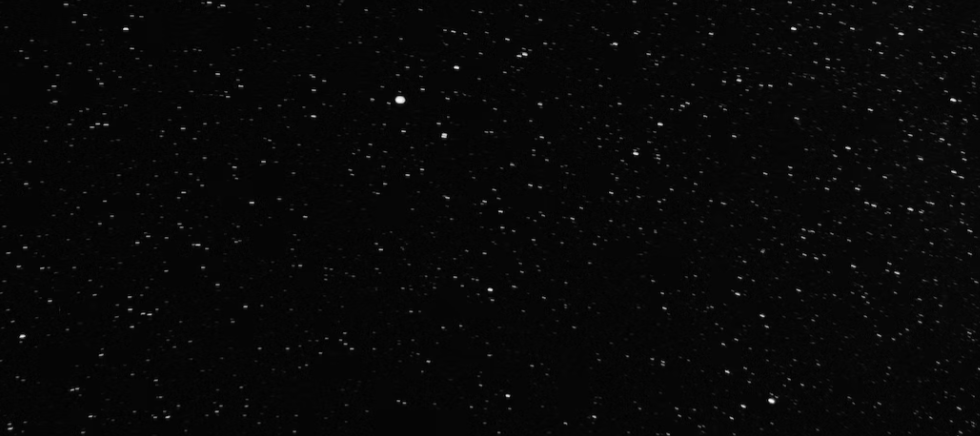
Neptune’s Interesting Facts
To put Neptunes’ moons into context, here are some interesting facts.
- Neptune is the eighth planet from the sun and the fourth largest planet in our solar system.
- Neptune is four times wider than Earth but requires a telescope to detect.
- Neptune’s name comes from the Roman god of the sea, which is why its moons have names of the lesser sea gods.
- It has robust solar system winds, reaching up to 1,100 miles per hour at Neptune’s highest altitudes. That’s one and a half times the speed of sound!
- Neptune’s atmosphere is composed primarily of helium and hydrogen. Its bright blue color comes from the two percent of methane it contains.
- Neptune’s average temperature is -353 degrees Fahrenheit.
- Neptune can’t support life as we know it.
- Neptune takes about 165 Earth years to orbit the sun. It’s currently completing its first orbit since it was discovered in 1846.
- In 1989, NASA’s Voyager 2 spacecraft became the first and only spacecraft to visit Neptune and its moons.
How Many Moons Does Neptune Have?
Neptune has 14 moons. A 2013 analysis of older Hubble Space Telescope images revealed the newest moon, Hippocamp. Hippocamp was long referred to as “S/2004 N 1” until the International Astronomical Union (IAU) completed the verification process.
Irregular Versus Irregular Moons
Neptunes’ moons are classified as “Regular” or Irregular.”
- Regular Moons circles its host planet in a circular orbit rotating in the same direction that the planet is orbiting.
- Irregular Moons may rotate their host planet backward (opposite the hosts’ rotation) with a very long elliptical orbit.
| Name | Orbital period (days) | Discovered | Regular/Irregular |
| Naiad | 0.294 | 1989 | Regular |
| Thalassa | 0.311 | 1989 | Regular |
| Despina | 0.335 | 1989 | Regular |
| Galatea | 0.429 | 1989 | Regular |
| Larissa | 0.555 | 1981 | Regular |
| Hippocamp | 0.9362 | 2013 | Regular |
| Proteus | 1.122 | 1989 | Regular |
| Triton | 5.877 | 1846 | Irregular |
| Nereid | 360.13 | 1949 | Irregular |
| Halimede | 1,879.08 | 2002 | Irregular |
| Sao | 2,912.72 | 2002 | Irregular |
| Laomedeia | 3,171.33 | 2002 | Irregular |
| Psamathe | 9,074.30 | 2003 | Irregular |
| Neso | 9,740.73 | 2002 | Irregular |
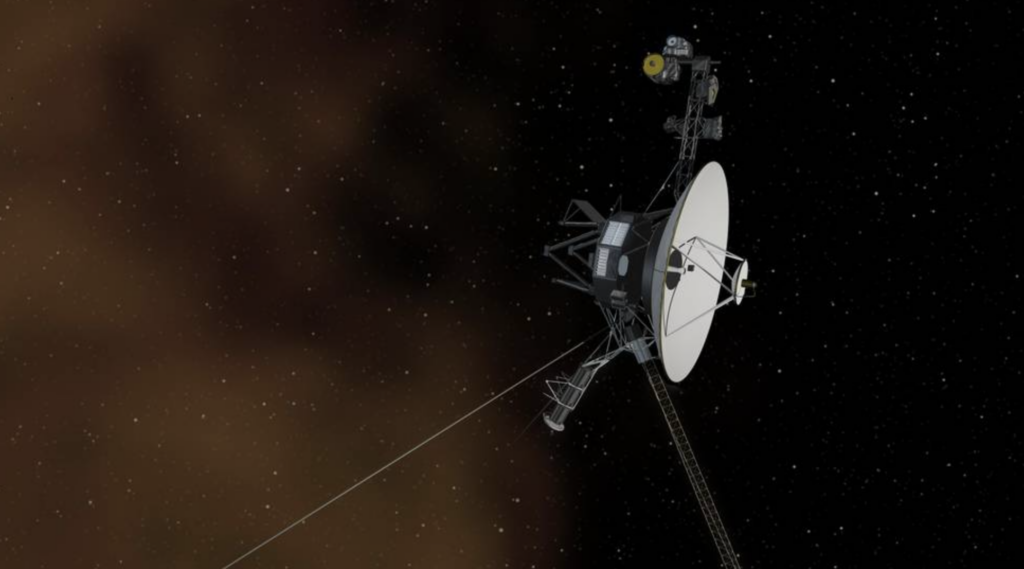
Voyager 2 Discovered Six New Moons
Voyager 2’s Science Team discovered Despina, Galatea, Larissa, Naiad, Proteus, and Thalassa during its 1989 flyby of the planet.
Despina
- Tiny irregularly-shaped moon in Neptune’s faint ring system.
- Orbits Neptune once every eight hours
Galatea
- Another tiny and irregularly shaped moon.
- Completes one orbit around Neptune every 10 hours and 18 minutes.
- Scientists discovered this moon about the same time they found partial rings around Neptune.
- Scientists believe Galatea causes disturbances in its ring system
Larissa
- Detected in 1981, imaged and cataloged by Voyager 2 in 1989
- Irregularly shaped and cratered
- Orbit is slowly decaying
- Scientists believe it will break apart and form a new planetary ring.
Naiad
- Final Voyager 2’s moon discovery
- Close Neptune orbit.
- Small, potato-shaped
- It likely formed from other Neptune moons/bodies that fragmented and reformed
Thalassa
- Like Naiad, Thalassa probably formed during Triton’s capture.
- Disc-shaped, which is unusual for an irregular moon.
- Tidal deceleration causes its orbit to decay slowly.
- May eventually crash into Neptune’s atmosphere.
Proteus
- It formed when a Triton and another object collided after the formation of the solar system.
- It reflects only 6% of the sunlight and results in Proteus being one of the darkest moons in our solar system.
- Orbits Neptune every 27 hours.
What Other Moons Does Neptune Have?
Let’s dig into Neptune’s other moons!
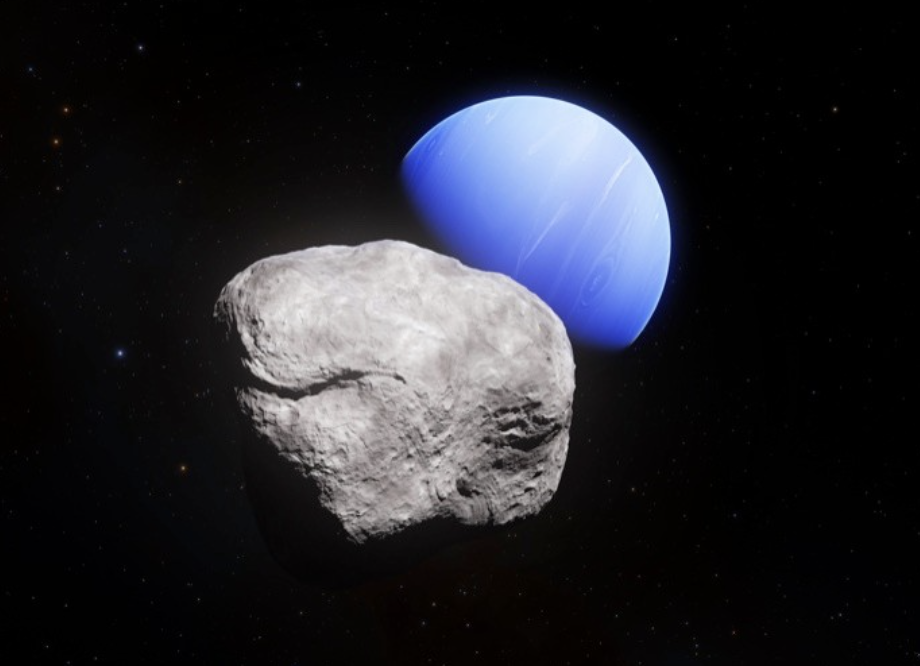
Hippocamp
Hippocamp’s discovery in 2013 from re-examined 2003 Hubble images makes it the newest of Neptune’s moons. Scientists believed that Halimede, Lomedeia, and Sao were Neptunes’ smallest moons until Hippocamp was detected in Hubble images.
This tiny moon is close to one of Neptune’s larger moons, Proteus. Typically, the larger satellite would clear debris from its orbital path by:
- Pushing the moon out of its planetary orbit
- Pulling the moon into the planet itself via gravitational forces.
Scientists think Hippocamp may originally be part of Proteus.
Nereid
An Earth-based telescope discovered the last moon before Voyager 2’s Neptune flyby.
- Third-largest of the Neptune moons.
- likely a captured asteroid or Kuiper Belt particle
- Located in Neptune’s furthest reaches, Nereid takes 360 Earth days to orbit Neptune once.
- Nereid has a highly elliptical flight path around Neptune.
- The elliptical flight path is one of the most unusual flight paths of any moon in our solar system. The flight path is closer to an egg shape than a circular path.
- 5.6 Million miles away from Neptune at its greatest distance
- 1.2 million miles away from Neptune at its closest distance
Irregular Moons of Neptune
The planets’ gravitational forces formed irregular moons during Triton’s capture. The irregular moons consist of fragments of the original moons. They are named after sea nymphs.
Neptune’s Tiny Moons: Halimede, Lomedeia, and Sao
These three very tiny moons range from 18 to 24 miles wide. Despite their miniature sizes, an Earth-based telescope detected them.
- Scientists digitally combined images until they saw streaks representing stars and points of light that indicated moons.
- Voyager 2 didn’t image/detect these moons because of their distance from Neptune.
- Halimede has a retrograde orbit and travels in the opposite direction of Neptune
- Lomedeia and Sao travel in prograde orbit in the same direction as Neptune
Neso and Psamathe
These two moons share similar orbital parameters. There remains little information about either, but they likely formed billions of years ago from larger moon fragments.
- Psamathe takes approximately twenty-six Earth years to orbit Neptune once
- Neso takes about twenty-eight Earty years to orbit Neptune once
Triton
- Discovered in 1846 by British astronomer William Lassell 17 days after German astronomer Johann Gottfried Galle discovered Neptune.
- Triton is the only large Neptune moon to travel in a retrograde motion. Tritons orbit tilts 157° to Neptune’s equator. That’s about 152° more than the average moon in our solar system!
- No other moons share Triton’s retrograde orbit
- Largest of Neptune’s moons, as big as the dwarf planet Pluto.
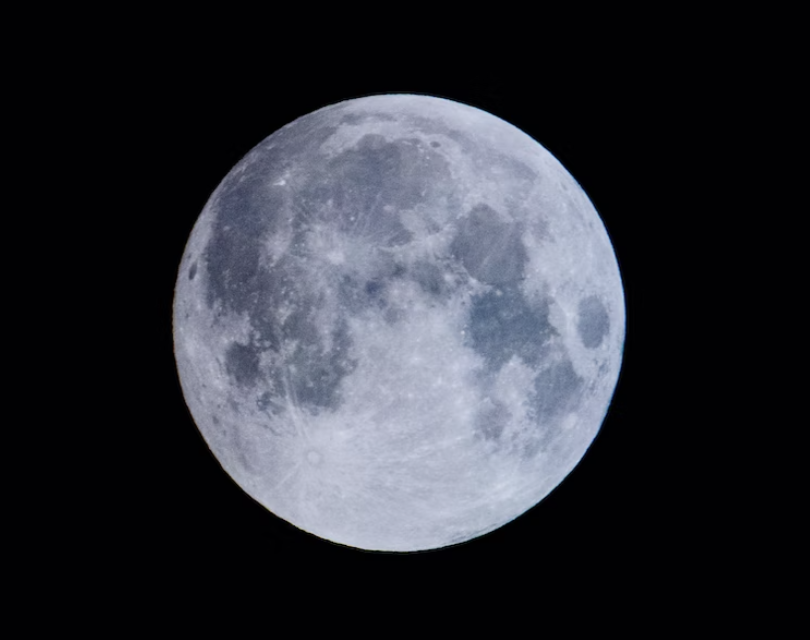
Neptune’s Moons
Could we still not fully know the answer to the question, how many moons does Neptune have?
NASA has begun to develop plans to send a spacecraft to Uranus within the next decade. The spacecraft will be closer to Neptune’s moons than any other spacecraft since 1989.
Scientists hope to learn more about Neptune and its moons as the mission approaches Uranus. Will they find more moons?
